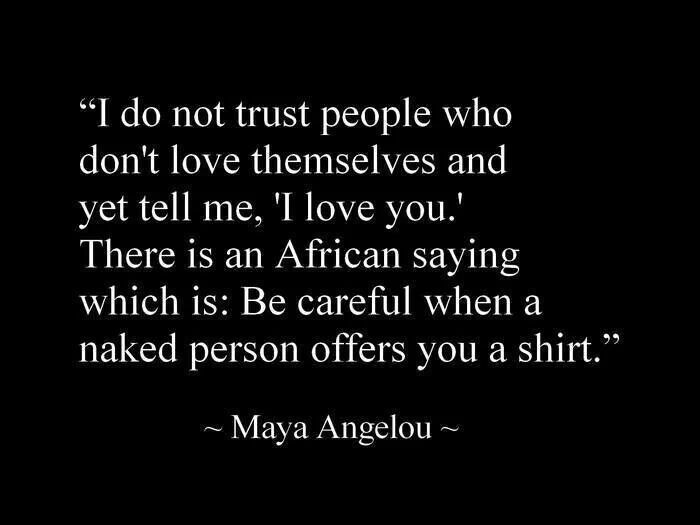Have you ever noticed that one guy at work, the one who you’ve never liked, but couldn’t put your finger on why? Or the neighbor who, for some reason, when she smiles at you, you feel irritated? Or why you can’t stand the smell of a certain laundry detergent? Or why, even though you’re accomplished in your field, you feel like an idiot before you give a presentation?
We all have an information processing system hardwired into our brains. This processing system has evolved to help us integrate emotional turmoil into our mental health and is essential for healing. This system helps us to let go of what is not useful information and make connections to what is useful about an experience so that we can adapt, grow, learn, and face similar situations more intelligently.
Here is an example:
You have a stressful interaction with your mother-in-law while she is visiting for a holiday. You feel angry, disappointed, and resentful. Your chest is tight, and your stomach is in knots. You think negative thoughts about her (“She’s always such a cold, demanding jerk.”) and about yourself (“What is wrong with me that after so many years, I can’t seem to avoid these situations with her? Is it me?”)
You keep mulling over what happened, talk about it with friends, maybe even have a stress dream about it that night. The next day, you still feel a bothered by it but not nearly as much. You’re able to think more clearly about it and understand that you two interpret things differently and that there are ways that you can skillfully manage this. This is your brain’s information processing system at work. It’s transformed this disturbing situation into a learning experience. (You can also thank your REM sleep phase for this since this is the time during which wishes, learning/lessons, survival/stress experiences are processed through the action of “synaptic pruning.”
Because of this uninterrupted time to process, your brain was able to associate the memory of the interaction with your mother-in-law and useful information already stored in your brain (from other stressful interactions with her and others) to create resolution. You remember what happened, what worked, what didn’t, and that it isn’t personal, that this is just the way she is and that you have useful tools for interacting with her. The intense emotional reaction you felt the day before is gone.
Unfortunately, our brains do not adaptively store all of our experiences in this way. Sometimes we encounter traumatic experiences or otherwise stressful experiences that overwhelm our brain’s capacity to process and adaptively store information received during these experiences. This is often referred to as “going off-line.” It’s kind of like short-circuiting.
When we encounter extreme stress, the emotional and physical reactions we experience during the event keep the brain from identifying useful information about the situation; there is no resolve. What happens instead is that the event and its information is maladaptively stored. This means that the event and its components are stored in the brain and body as it happened. Everything you saw, heard, felt (physically and emotionally), tasted, smelled, thought remain in their original, unprocessed form.
You do your best to move through it, but whenever any of these senses are triggered, your emotional disturbance level sky-rockets and you have a reaction. Many times, multiple unprocessed events are linked to one another in such a way that if one is triggered, all are triggered. These events, while often linked to one another, are stored in isolation so that they are not linked to anything adaptive.
No amount of time will help them to integrate. It’s as though these events are frozen in time. An event could have happened 40 years ago, but when triggered it’s as though it is still happening or just happened.
Our personalities, coping skills, perspectives, and beliefs about ourselves and others can develop through the lens of these unprocessed events and impact our emotional and physical capabilities.
Research shows that it’s not just clearly identifiable traumatic events that are responsible for this outcome, but any event or pattern that our brain experienced as overwhelming.
It could be the way someone spoke to you as a child, your interpretation of someone’s behavior you witnessed at three years old or making a mistake during an academic oral exam in second grade. We don’t always know how our brains will store an event.
The good news is that we’re not stuck here. There are therapeutic tools that can help us to free ourselves from the suffering of an unconscious cycle or unprocessed event. One of the most efficacious and reliable tools is EMDR (Eye Movement Desensitization and Reprocessing) Therapy. This therapy helps us to safely contact the disturbing event or maladaptive cycle and process it, giving us a new understanding of the situation so that we can use its information intelligently.
If you would like to know more about EMDR Therapy, please call or email me. I would love to talk with you more about this process and see if it’s right for you. If you’re not quite ready to reach out yet, that’s ok, too. You can find more information on EMDR Therapy here and here.
Love and Be Loved,
Natalie





